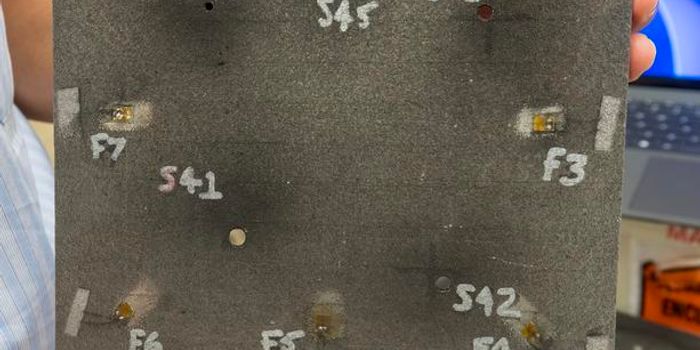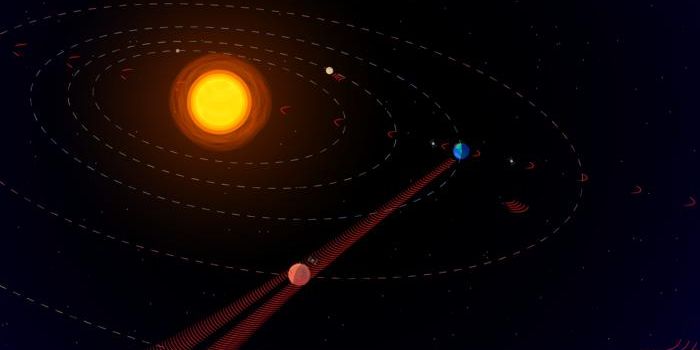Preparing for Cosmic Discovery: Infrastructure Teams Gear Up for Roman Space Telescope Mission
NASA is gearing up for the upcoming launch of its much anticipated Nancy Grace Roman Space Telescope, also called Roman, which is currently scheduled to occur around May 2027. The goal of Roman will be to gain better insight into dark energy, which is the mysterious substance that scientists hypothesize is responsible for the expansion of the universe. For now, the Roman team is taking steps to ensure that all the necessary tools are in place to start doing the best science possible once the spacecraft starts sending back data to Earth several years from now. This includes Roman infrastructure teams locating appropriate celestial targets, producing computer models, and spacecraft calibration, just to name a few.
“We’re harnessing the science community at large to lay a foundation, so when we get to launch, we’ll be able to do powerful science right out of the gate,” said Dr. Julie McEnery, who is Roman’s senior project scientist at NASA’s Goddard Space Flight Center. “There’s a lot of exciting work to do, and many different ways for scientists to get involved.”
The primary piece in this effort is the computer models, which allows Roman team members to test algorithms, estimate the scientific data that Roman will be sending back to Earth, and crafting the best scientific strategies so the Roman team can handle the massive amounts of data that Roman is expected to collect during its five-year mission, which is estimated to be approximately 20,000 terabytes, or 20 petabytes, which will encompass trillions of data measurements.

Animation of a simulation displaying the type of science that NASA’s Nancy Grace Roman Space Telescope will be able to accomplish. (Credit: Caltech-IPAC/R. Hurt)
“The preparatory work is complex, partly because everything Roman will do is quite interconnected,” Dr. McEnery said. “Each observation is going to be used by multiple teams for very different science cases, so we’re creating an environment that makes it as easy as possible for scientists to collaborate.”
While some Roman teams will be conducting preliminary observations using current telescopes, including NASA’s Hubble Space Telescope and the Keck Observatory, other teams will be working to see how the Roman data can be combined with data from other observatories and telescopes, including NASA’s James Webb Space Telescope. This also includes calibrating Roman instruments to ensure it collects the best possible science and includes Roman’s Coronagraph Instrument.
“The team is looking forward to coordinating and funneling all the preliminary work,” said Dr. McEnery. “It’s a challenging but also exciting opportunity to set the stage for Roman and ensure each of its future observations will contribute to a wealth of scientific discoveries.”
How will the Roman teams prepare the scientific community for the wealth of data that will hopefully help us better understand dark energy in the coming years and decades? Only time will tell, and this is why we science!
As always, keep doing science & keep looking up!
Sources: NASA, NASA (1), EurekAlert!, NASA (2), NASA (3), W. M. Keck Observatory, NASA (4)








